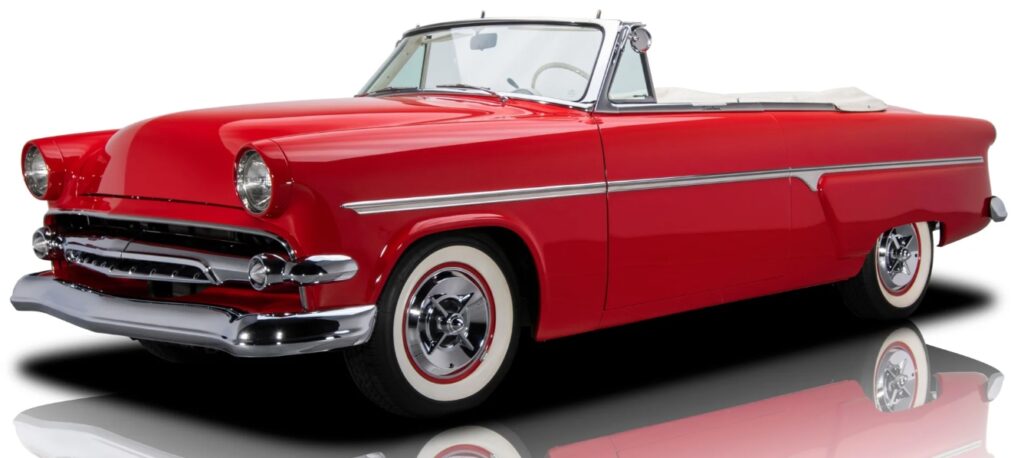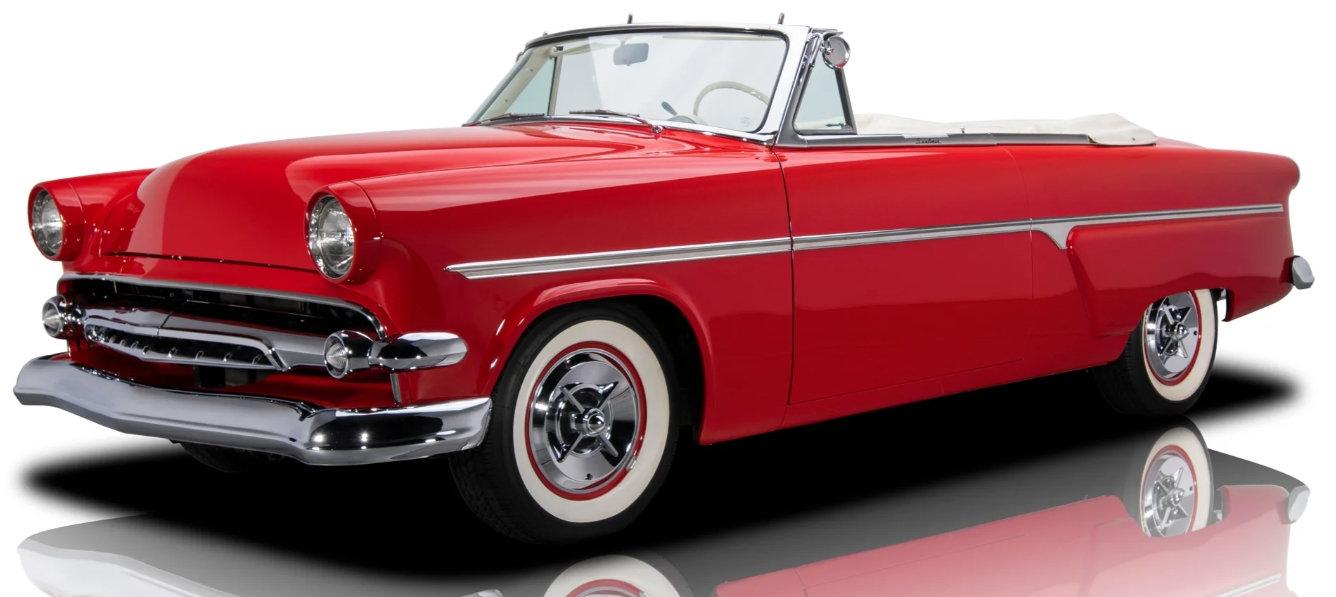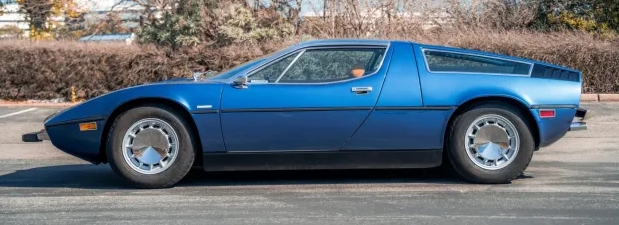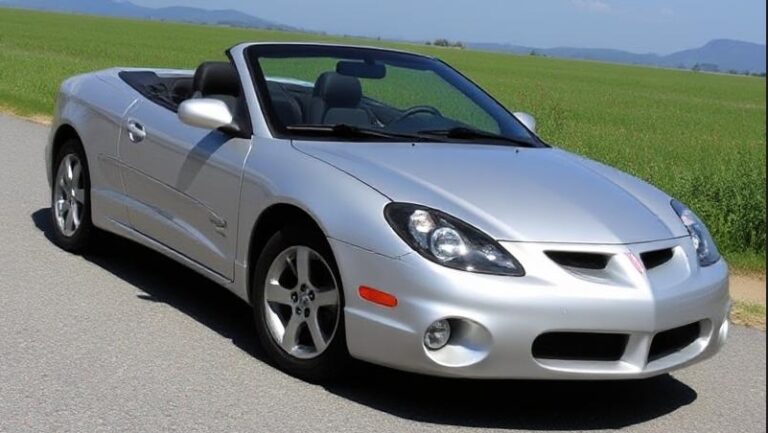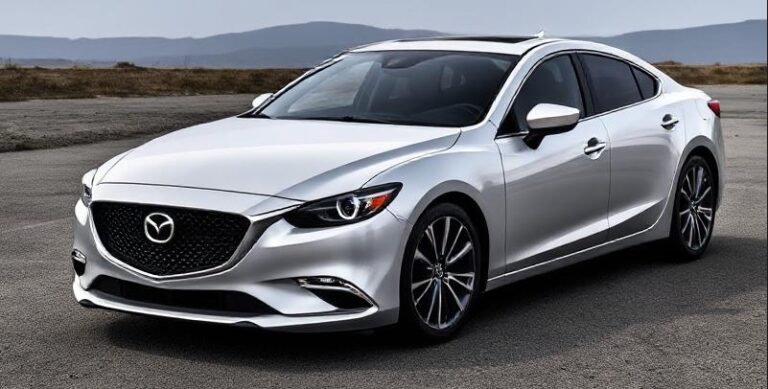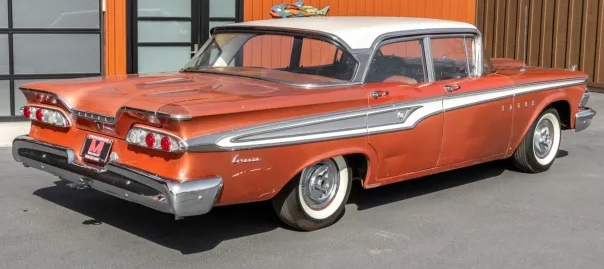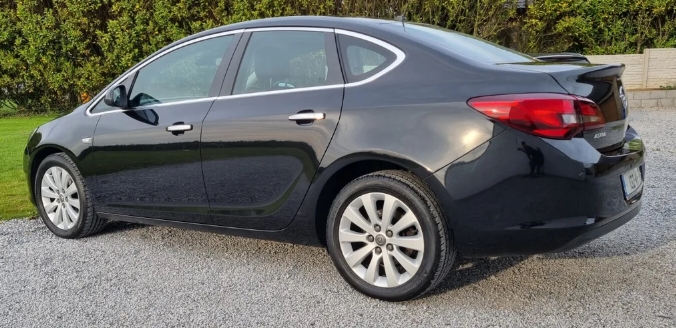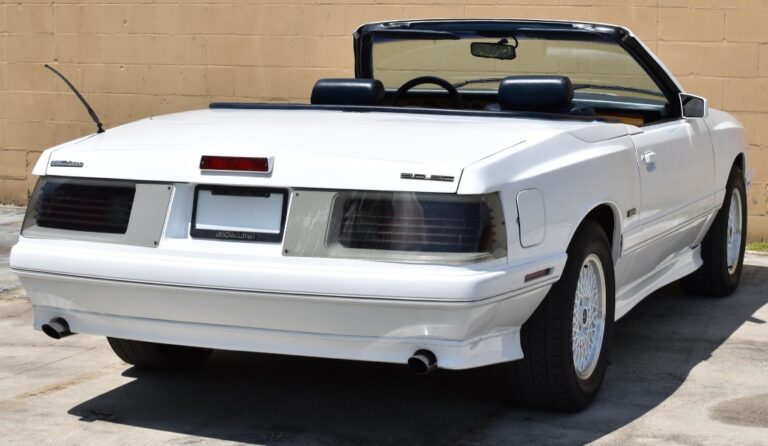The Evolution of the Ford Crestline
The Ford Crestline stands as a significant chapter in American automotive history, representing Ford’s response to the burgeoning family and personal car markets in the mid-20th century. Launched in 1952 and produced through 1954, the Crestline was a key model in Ford’s lineup, embodying the design trends and technological advancements of its era. Its evolution reflects broader shifts in automotive styling, engineering, and consumer preferences during the post-war period.
Origins and Introduction (1952)
The Ford Crestline was introduced in 1952 as part of Ford’s expanded lineup of passenger cars. It was positioned as a mid-level model, sitting above the base Ford and below the more luxurious Fairlane. The Crestline name was employed to evoke a sense of style, prestige, and modernity, aligning with the post-war optimism and economic growth.
In 1952, the Crestline was available in several body styles, including:
- Two-door Club Coupe
- Two-door Convertible
- Four-door Sedan
- Four-door Town Sedan
- Four-door Country Squire Wagon
The 1952 Crestline featured a sleek design with a rounded body, prominent chrome accents, and a distinctive grille. Powertrain options included a 226 cubic inch (3.7L) Flathead V8 engine producing approximately 110 horsepower, paired with either a three-speed manual or a Ford-O-Matic automatic transmission, which was newly introduced that year.
The trim levels for 1952 were relatively straightforward, with standard features emphasizing comfort and style, such as plush upholstery, chrome trim, and a spacious interior.
The 1953 Model Year
Ford continued to refine the Crestline in 1953, maintaining its position as a stylish mid-range vehicle. The 1953 Crestline saw subtle updates, primarily in trim and detailing, enhancing its visual appeal.
Body Styles:
- Two-door Club Coupe
- Two-door Convertible
- Four-door Sedan
- Four-door Town Sedan
- Four-door Country Squire Wagon
Design and Features:
The 1953 Crestline introduced a more prominent grille design, with wider, more horizontal bars. The side trim was also revised to include a more pronounced side molding, accentuating the car’s length and width. The interior received updates such as improved upholstery options and a new dashboard design.
Powertrain:
The engine lineup remained consistent, with the 226 cubic inch Flathead V8 as the standard powerplant, producing around 110 horsepower. Optional powertrain upgrades were limited, as Ford focused on refining the existing offerings.
Trim Levels:
The 1953 Crestline was offered mainly in two trims:
- Base Crestline: Featured standard equipment, basic trim, and upholstery.
- Crestline Sunliner: The convertible version, emphasizing style and luxury, with additional trim and interior options.
The 1954 Model Year and the Crestline’s Peak
1954 marked the final year of the Crestline’s production, but also the most significant in terms of design and mechanical updates.
Design Evolution:
The 1954 Crestline featured a more modern, jet-age inspired design, with a prominent grille, sleek body lines, and integrated taillights. The car adopted a more streamlined look, aligning with contemporary automotive trends.
Body Styles:
- Two-door Club Coupe
- Two-door Sunliner Convertible
- Four-door Sedan
- Four-door Town Sedan
- Four-door Country Squire Wagon
Models and Trims:
For 1954, Ford expanded the Crestline lineup with increased options:
- Crestline Special: This was the base model, offering essential features with minimal trim.
- Crestline Deluxe: This trim level added chrome accents, upgraded interior materials, and additional convenience features.
- Crestline Sunliner: The convertible, now with more luxurious appointments, was a popular choice among buyers seeking style and open-air driving.
- Crestline Victoria: A higher-end model with distinctive two-tone paint schemes and additional chrome trim, aimed at more upscale markets.
Engine and Mechanical Features:
The 1954 Crestline continued with the 239 cubic inch (3.9L) Flathead V8 engine, producing approximately 130 horsepower, providing more power and improved performance. Optional upgrades included the introduction of the Fordomatic automatic transmission as standard on certain trims.
Additional Features:
- Power steering was available on higher trims.
- The interior saw improvements with better upholstery, optional radios, and more spacious cabins.
- Safety features were modest but included better lighting and more robust braking systems.
The Crestline’s Discontinuation and Legacy
Following the 1954 model year, Ford decided to phase out the Crestline nameplate in favor of other models. Starting in 1955, the Crestline was replaced by the Ford Fairlane, which offered a more modern, upscale approach to Ford’s mid-sized offerings.
Reasons for Discontinuation:
- Ford’s strategic shift toward more contemporary styling and engineering platforms.
- The emergence of new model names that aligned with the jet-age and space-age themes.
- Competition from General Motors’ similarly positioned models that were rapidly evolving.
Legacy:
Despite its relatively brief production span, the Ford Crestline is remembered for its stylish design, representing the optimistic post-war era of American automotive manufacturing. Its models, especially the 1954 version, are now prized collectibles among vintage car enthusiasts.
.
SEARCHING for those hard to find FORD manuals, guides & books?
This place has you covered! SEE All FORD Manuals From 1920 – 1989.
CHOOSE the year of your vehicle:

.
Summary of Production Years, Models, and Trim Levels
| Year | Production Period | Body Styles | Notable Models & Trims |
|---|---|---|---|
| 1952 | 1952 | 2-door, 4-door, Wagon | Base Crestline, Crestline Sunliner (convertible) |
| 1953 | 1953 | Similar to 1952 | Base Crestline, Crestline Sunliner |
| 1954 | 1954 | Slightly updated design | Crestline Special, Crestline Deluxe, Crestline Sunliner, Crestline Victoria |
Conclusion
The Ford Crestline’s evolution from 1952 to 1954 encapsulates a period of rapid change in American automotive design and engineering. It started as a stylish, mid-level offering that appealed to middle-class families seeking reliable yet attractive transportation. By its final year, the Crestline had evolved into a more modern and luxurious vehicle, reflecting the technological advancements and aesthetic trends of the early 1950s.
While the Crestline nameplate was short-lived, its influence persisted in Ford’s subsequent models, and its classic styling remains a symbol of the post-war American automobile boom. Today, vintage Crestlines are cherished by collectors and enthusiasts, serving as tangible links to a vibrant era of automotive history.
